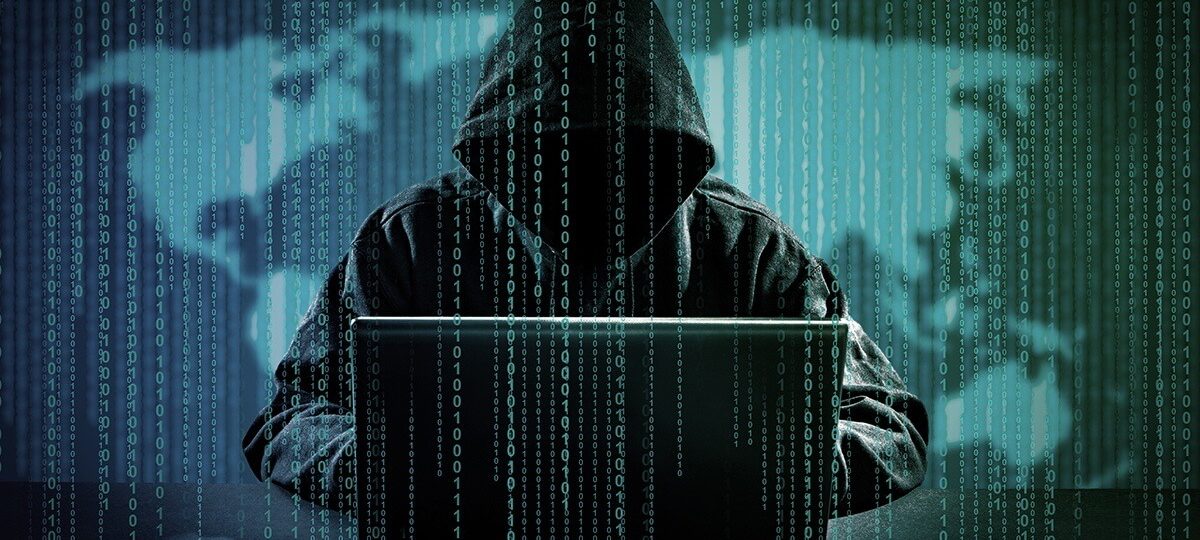memme.info – The evolution of cybersecurity is a fascinating journey that has closely followed the rapid development of information technology. This journey has transformed from a niche concern to a critical aspect of modern life, shaping how we interact with technology and each other.
Early Beginnings
In the early days, cybersecurity was not a concern. The first modern computer, ENIAC, was brought online in 1945, and the only way to interact with it was to be physically present. Thus, virtual threats weren’t a risk, and access control was a matter of physical security.
The Rise of Hacking
The term “hacker” originally referred to a counterculture of people tinkering with technology or finding new ways of sharing information. Early instances of hacking, such as hacking a phone system to make long-distance calls for free, were not inherently tied to breaking into computers.
The Dawn of Cybersecurity
The 1960s and 1970s saw the development of cybersecurity as a distinct field. The widespread adoption of time-sharing in the 1960s increased connectivity, necessitating measures to prevent unauthorized access to files and the computer itself. The creation of ARPANET, the earliest form of the internet, provided a testing ground for new technologies, including email and the first computer worms, Creeper and Reaper.
The 1980s: A Chaotic Era
The 1980s were marked by the formation of the Internet and the emergence of the first “real” malware. The public panic around The Cold War and the adoption of the Internet Protocol Suite by ARPANET and other networks added more potential targets and attackers. Tools and techniques developed during this era, such as dictionary attacks and decoy computer systems, became common in modern cybersecurity.
The 1990s: The Era of Viruses
The 1990s saw the rise of viruses as computers connected to the internet became more common in households. This era was characterized by unskilled script kiddies who downloaded and ran code without understanding it, leading to vandalism and destruction. The anti-malware industry evolved from a curiosity to a core part of modern cybersecurity.
Modern Cybersecurity
Today, cybersecurity is a core part of modern life, with the increasing connectivity brought about by smartphones and the internet of things (IoT). The evolution of cybersecurity has been driven by the need to protect against increasingly sophisticated threats, from phishing attacks to ransomware.
Future Outlook
Looking forward, the future of cybersecurity will likely involve more sophisticated AI and machine learning technologies to detect and respond to threats in real-time. As technology continues to evolve, so too will the methods used to defend against hacks.
The evolution of cybersecurity is a testament to the ingenuity of both hackers and defenders. As we continue to innovate, we must also continue to adapt and improve our defenses to protect against the ever-evolving threats of the digital age.

